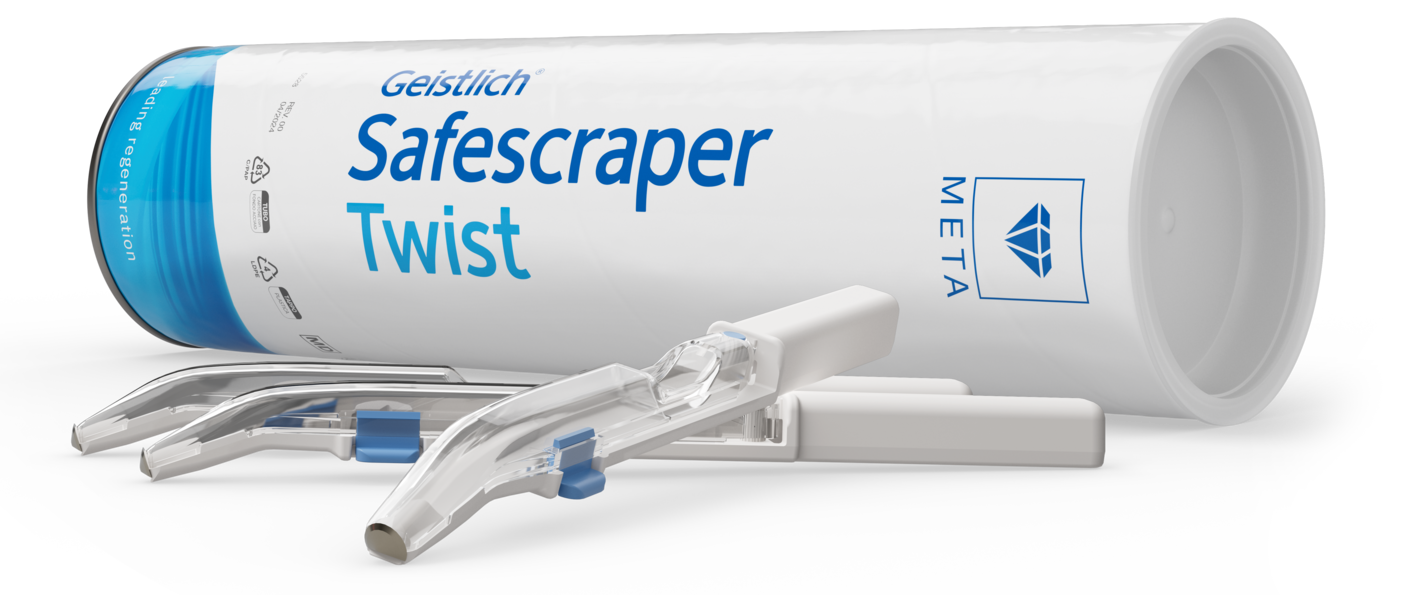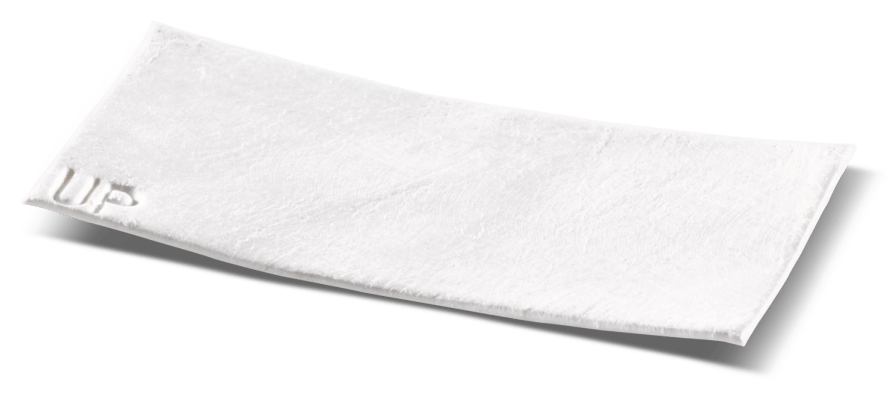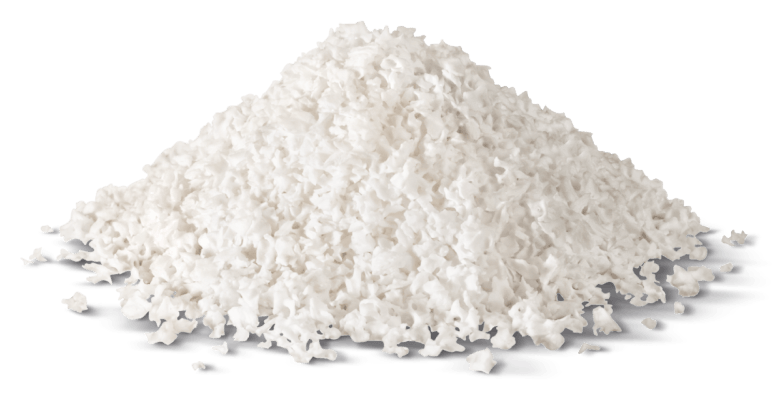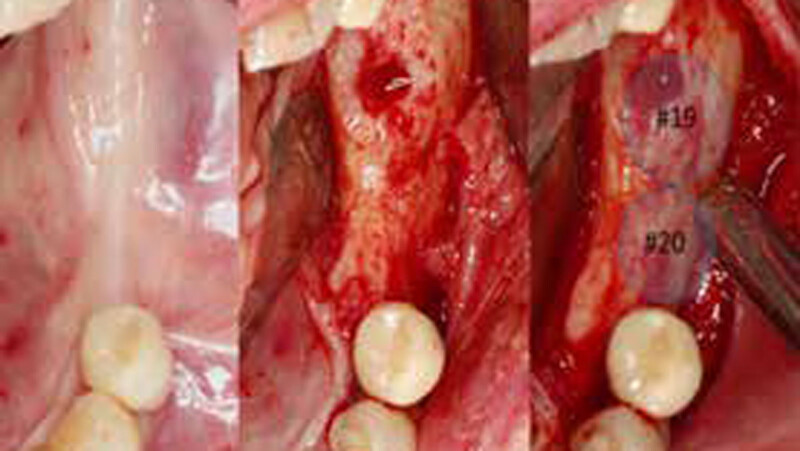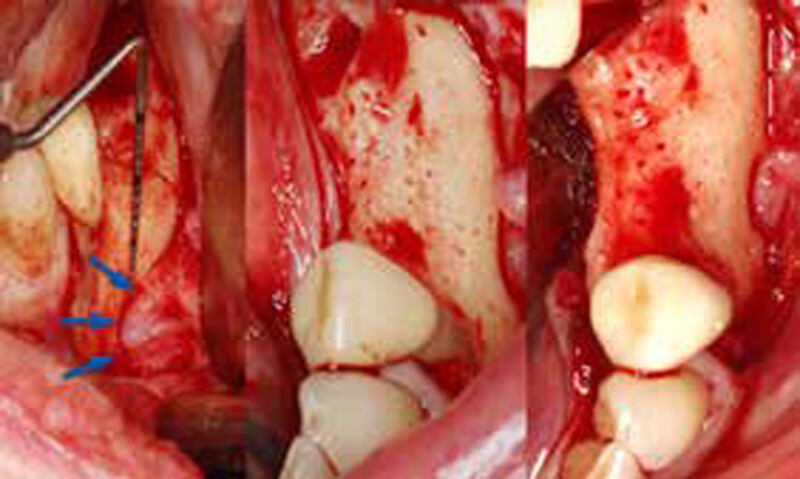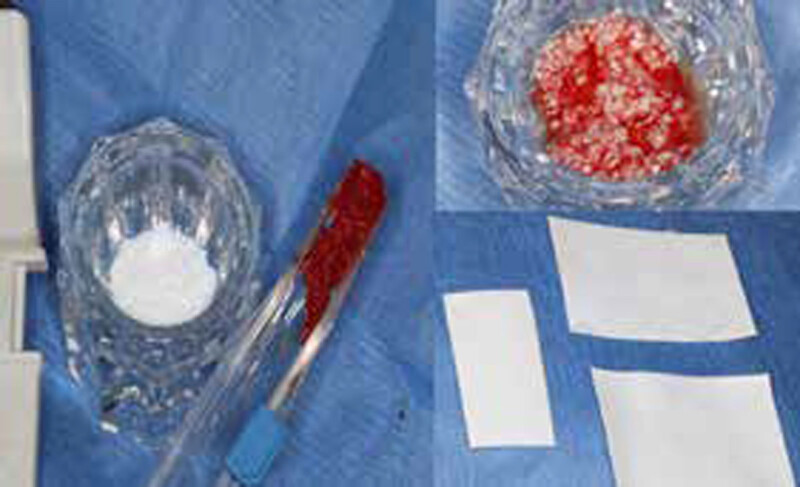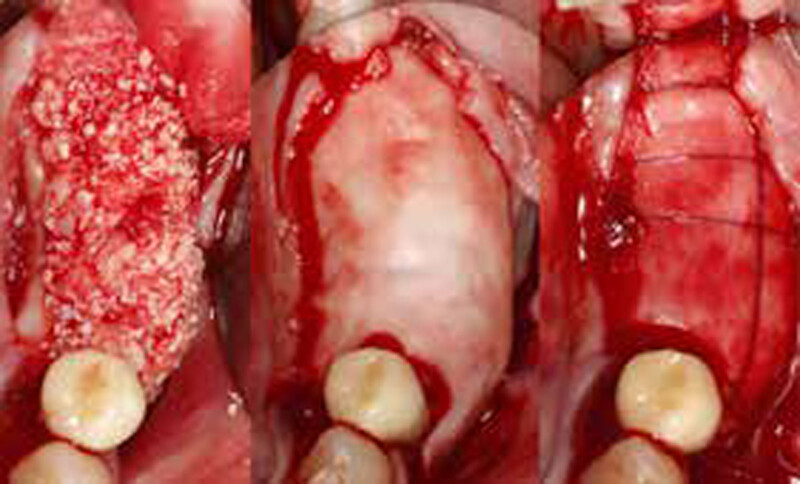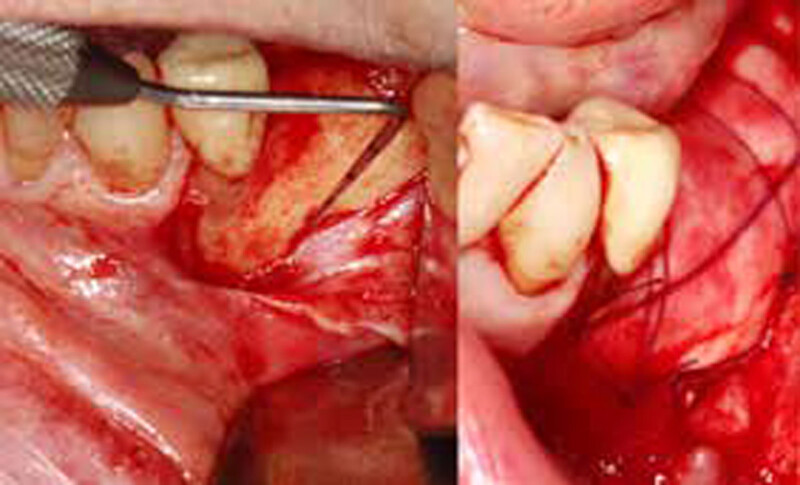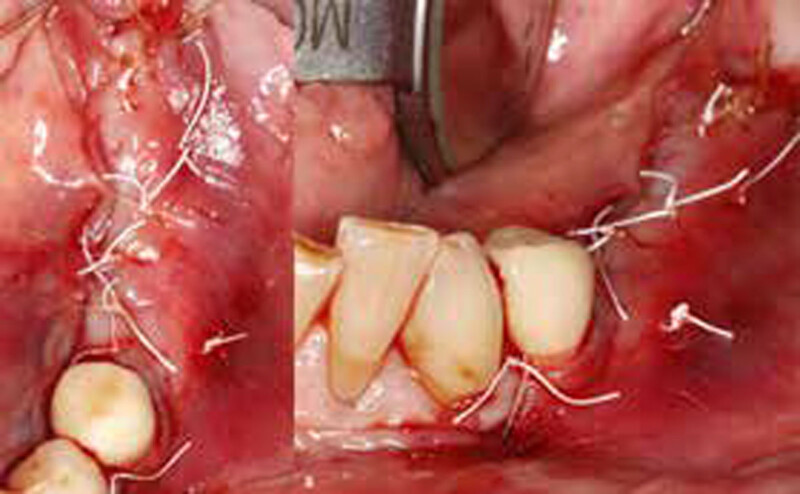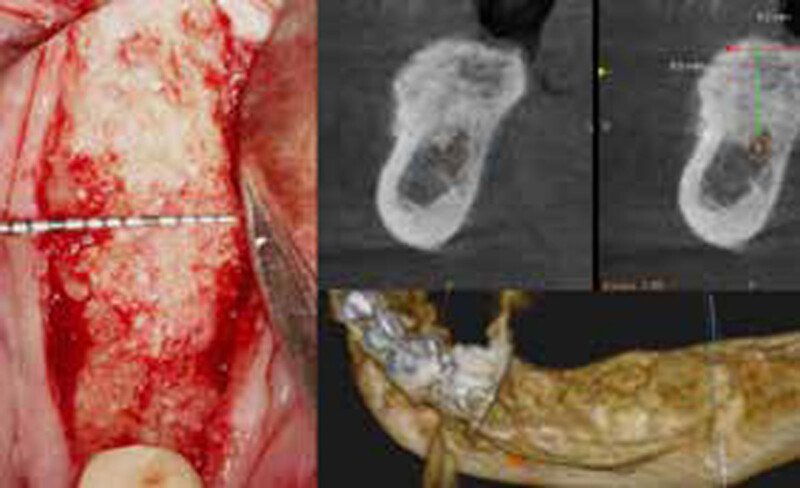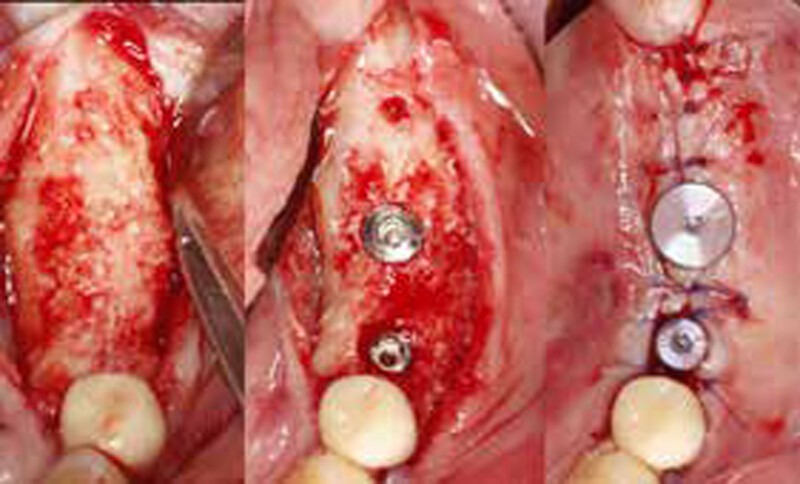
BIOBRIEF
Horizontal Ridge Augmentation in the Posterior Mandible of a 90-Year-Old Female
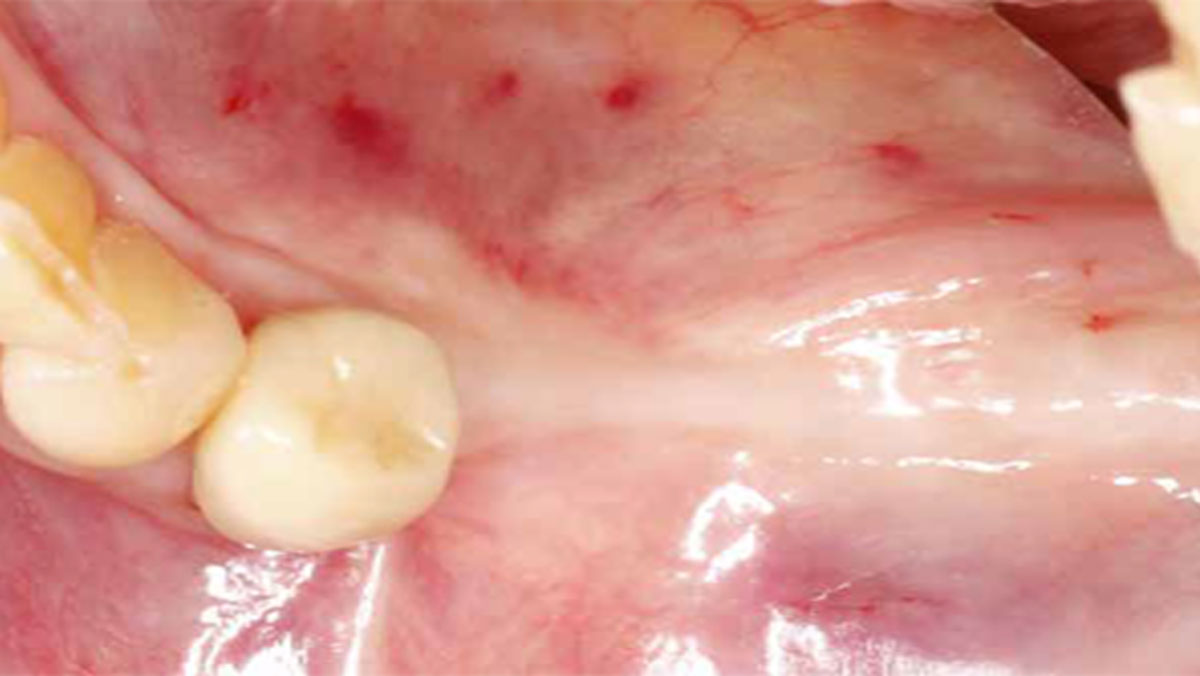
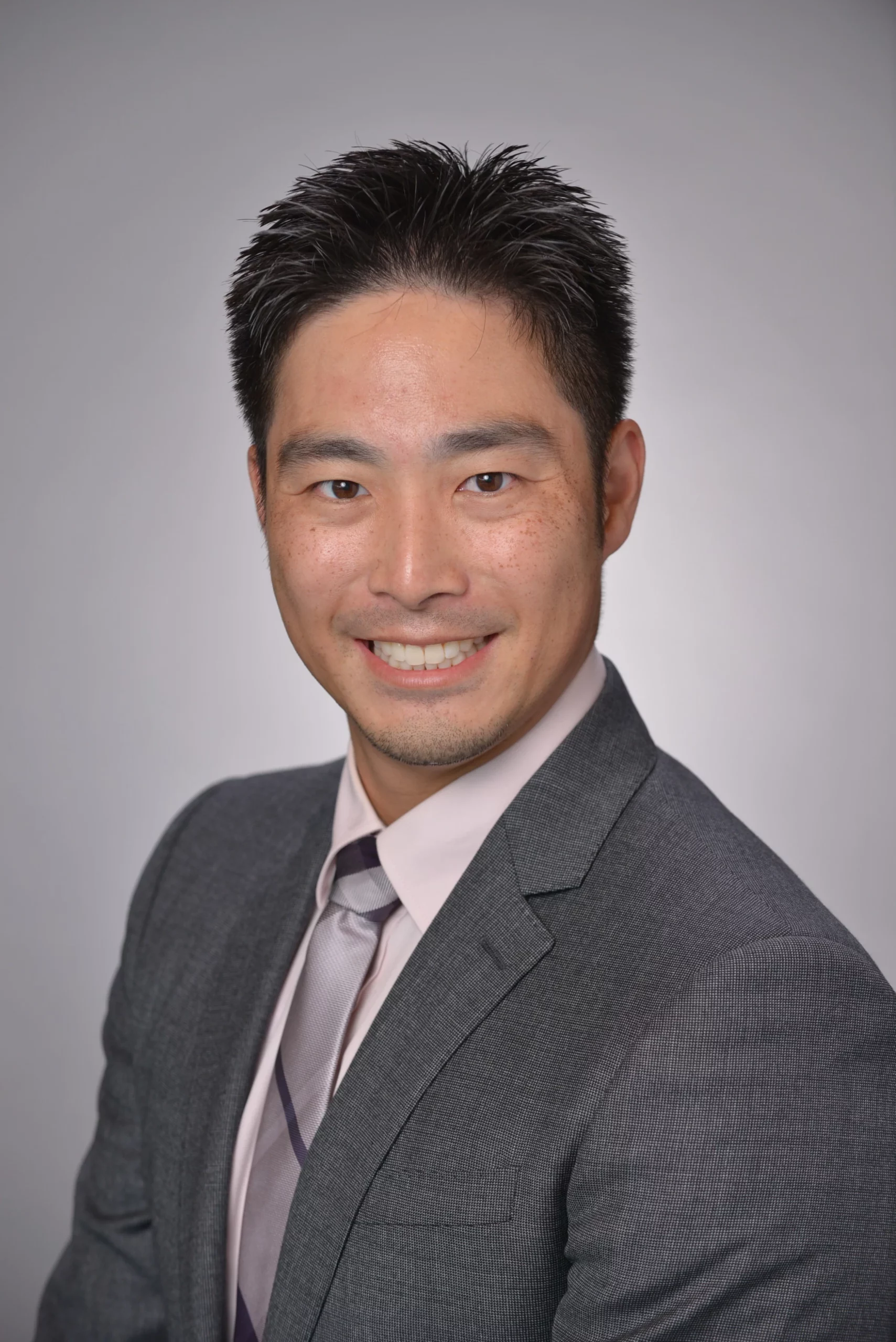
THE SITUATION
A 90-year-old female presented requesting dental implants be placed in the left mandibular posterior region. Her chief complaint was increased drooling and difficulty chewing on only one side. She lost her bridge one year prior to her visit and firmly stated that she did not want to wear a partial denture. The clinical exam and CBCT showed that there was a horizontal alveolar ridge deficiency that precluded the implants from being placed in a restoratively desirably position. Therefore, a horizontal ridge augmentation was done using multiple layers of Geistlich Bio-Gide® Compressed over a 1:1 ratio of autogenous bone and Geistlich Bio-Oss® xenograft.
THE RISK PROFILE
| Low Risk | Medium Risk | High Risk | |
|---|---|---|---|
| Patient’s health | Intact immune system | Light smoker | Impaired immune system |
| Patient’s esthetic requirements | Low | Medium | High |
| Height of smile line | Low | Medium | High |
| Gingival biotype | Thick – “low scalloped” | Medium – “medium scalloped” | Thin – “high scalloped” |
| Shape of dental crowns | Rectangular | Triangular | |
| Infection at implant sight | None | Chronic | Acute |
| Bone height at adjacent tooth site | ≤ 5 mm from contact point | 5.5 – 6.5 mm from contact point | ≥ 7 mm from contact point |
| Restorative status of adjacent tooth | Intact | Restored | |
| Width of tooth gap | 1 tooth (≥ 7 mm) | 1 tooth (≤ 7 mm) | 2 teeth or more |
| Soft-tissue anatomy | Intact | Compromised | |
| Bone anatomy of the alveolar ridge | No defect | Horizontal defect | Vertical defect |
THE APPROACH
The treatment goal was to gain adequate horizontal bone dimension to allow for prosthetically-driven implant placement. Guided bone regeneration was performed in which autogenous bone was mixed with Geistlich Bio-Oss® xenograft in a 1:1 ratio. PRF was used to create “sticky bone” and was covered by multiple layers of Geistlich Bio-Gide® Compressed. The membrane was stabilized with periosteal biting stabilizing sutures. Tension-free primary closure was achieved and the grafted site was allowed to heal for 8 months prior to the implant surgery for #19 and #20.
“A predictable ridge augmentation procedure was needed to help our 90-year-old patient avoid having nutritional deficiencies due to lack of proper chewing ability and also to improve her quality of life.”
THE OUTCOME
The horizontal ridge augmentation procedure resulted in adequate bone for implant therapy as evidenced by the CBCT scan and re-entry surgery. With a sufficient quantity of good quality regenerated bone, implants for #19 and #20 were placed using a surgical guide based on a diagnostic wax up. Our 90-year-old patient is very happy to be able to chew efficiently again.


Dr. John Kim
Dr. Kim, originally from Fairfax, VA, received his DMD from Harvard School of Dental Medicine. He completed his residency and received his M.S. in Periodontics at UNC School of Dentistry at Chapel Hill. Dr. Kim is a Diplomate of the American Board of Periodontology and actively speaks as an expert on guided bone regeneration, implant therapy, soft tissue grafting, and managing complications domestically and internationally. He is also an adjunct faculty at UNC Adams School of Dentistry.




